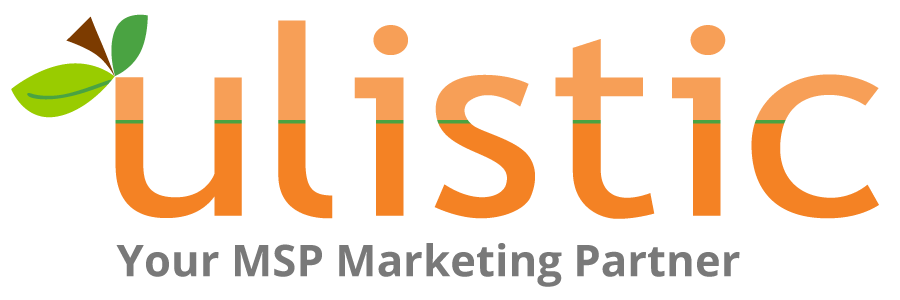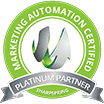What You Need to Know About BANT Qualified Sales Leads
Are you spending unnecessary time with prospects that never convert? This simple framework will help you skyrocket your revenue opportunities by working with qualified leads.
Did you know that 58% of prospects want to talk about pricing on the very first sales call? This can feel pretty uncomfortable for traditional sales teams that are used to presenting the features and benefits they are offering before ever getting to the cost. Nearly 50% are ready to talk about the business purpose for their purchase and how it ties into their overall business goals. These targeted buyers may leave your sales teams feeling a bit topsy turvy, but this is actually good news for professionals that are able to take the cue from buyers and shift the sales paradigm. The team at Ulistic does more than simply provide marketing services to our clients -- we also share proven strategies for selling IT services and consulting that will help you drive more leads, qualify top prospects and supercharge your revenue. One of the key tools that we recommend is the BANT methodology as a way to ensure you are getting the greatest ROI from your limited prospecting time.
What is BANT?
Simply put, BANT is a sales qualification framework that is used to identify and pursue the most qualified prospects based on their budget, authority, needs and timeline. When a new lead comes into your business, it's vital that you take the time to assess that prospect based on this framework or you could be wasting precious time on prospects that are not your ideal customers.
Questions You Should Ask Each New Lead
Within the BANT framework, there are a few simple steps that will allow you to determine whether a prospect is worth the time needed to pursue and close their deal.
The questions to consider include:
Budget
Do you currently have a budget in place? Are there any restrictions on whether you can immediately access this budget? While this is also part of the timing conversation, it's good to recognize that even though a project may be approved it could still be several months before the budget is available -- or vice versa.
Authority
Does your contact at the prospective organization have the authority to make the final decision on a purchase, or are they simply an influencer? (Bonus question: Who is the final authority to make the decision?). It's good to be cautious with this question, as it can potentially raise some bad feelings if you let the influencer feel as though they aren't an important part of the selling process.
Need
Defining the business need for your prospect will help you understand how your product or service fits within the overall goals of the organization. Once you can tie your products or services back to organizational objectives, you are one step closer to providing a compelling argument to decision-makers and senior leadership.
Timeframe
When do you expect to implement a solution? Where does this project rank on your priority list? Do you see this becoming more or less of a priority over time? There are many different factors that can influence the timeframe, but this can help you weed out those individuals that are only "looking around" and aren't yet in the fast lane to making a purchase.
Weighing each of these factors will help you determine when -- or if -- this prospect is one that should be pursued, and how vigorously.
Nice to Have, Need to Have or Must Have
In a perfect world, all of your prospects would be ready to make a decision immediately, have an approved budget in their pocket and desperately need your services and solutions. While this does happen, it's more likely that your buyer is currently stuck at some point in their buying journey, and they need your help! Working through these questions, as well as defining whether the project is a 'Need to Have', 'Need to Have' or "Must Have' in terms of priority can help you better qualify these leads.
FIFO? Not Here!
There are plenty of places where you want to apply FIFO (First In, First Out) within your organization, but the sales process is not one of them. When you're using the BANT process to qualify your leads, you should also capture this information into your CRM software. This allows your sales team to focus on the top quality leads that have the best chance of converting during a given time frame. That doesn't mean you should ignore the leads that aren't quite to the buying stage, however. These are the prospects that need additional care and nurturing through ongoing education such as videos, webinars, automated marketing emails and regular follow-ups.
When you're ready to shift your sales model and focus on your high-quality prospects, Ulistic's 17-step sales process helps you usher prospects through the BANT qualification process with ease. Download this straightforward solution anytime at Ulistic.com or contact our team at {phone} to schedule your zero obligation lead generation consultation with the MSP community's top marketing agency -- Ulistic.



